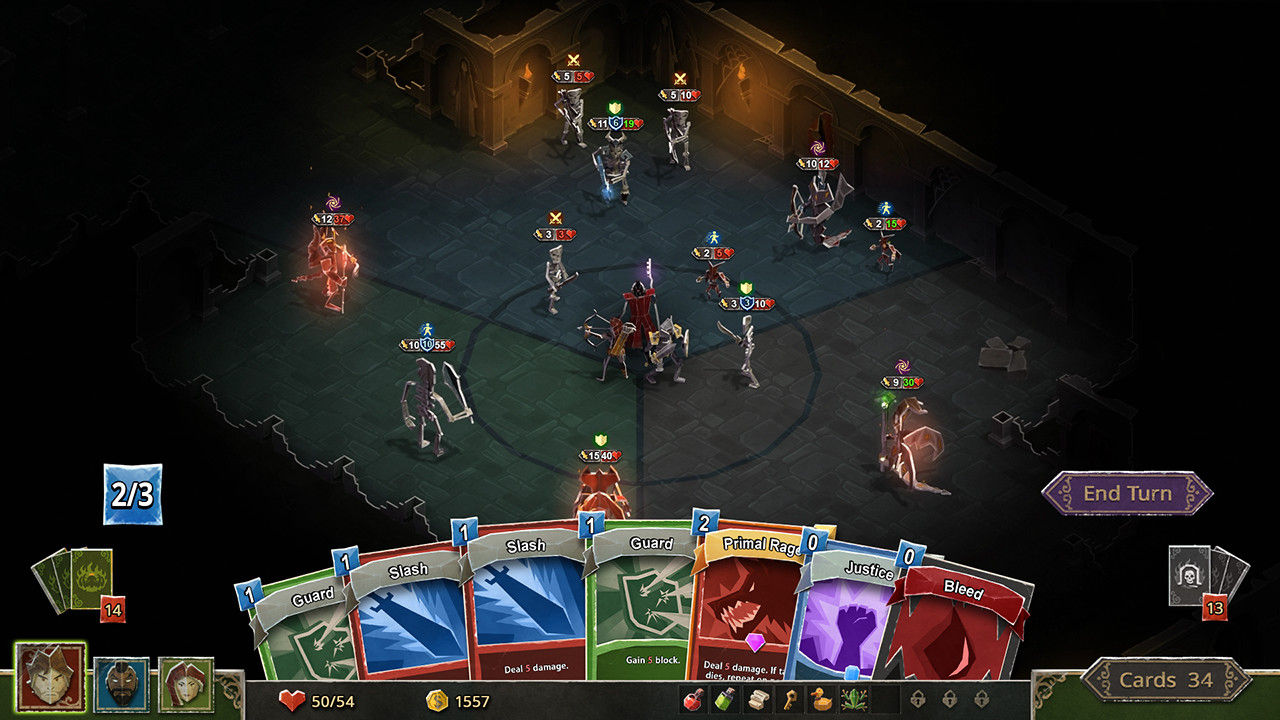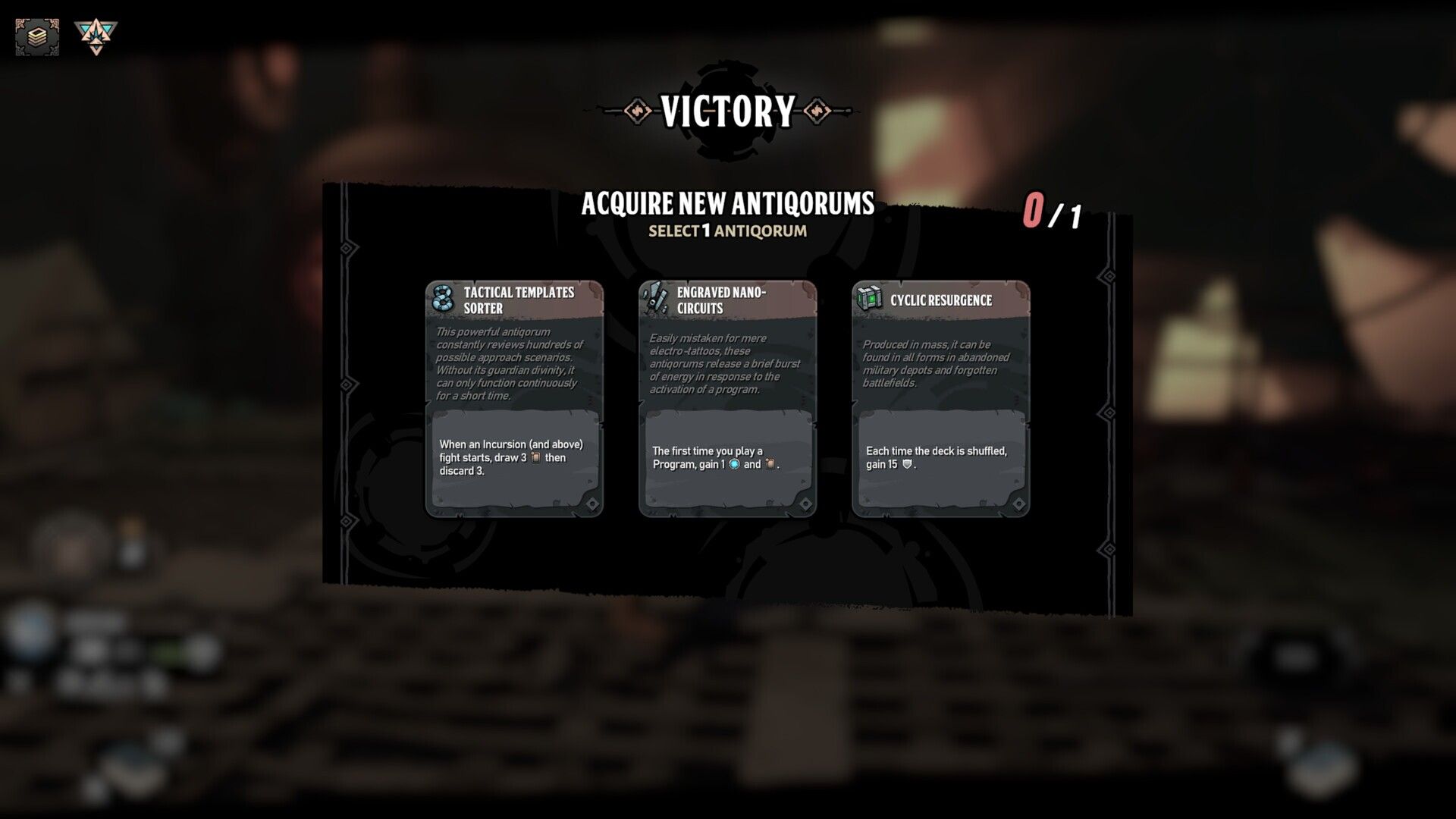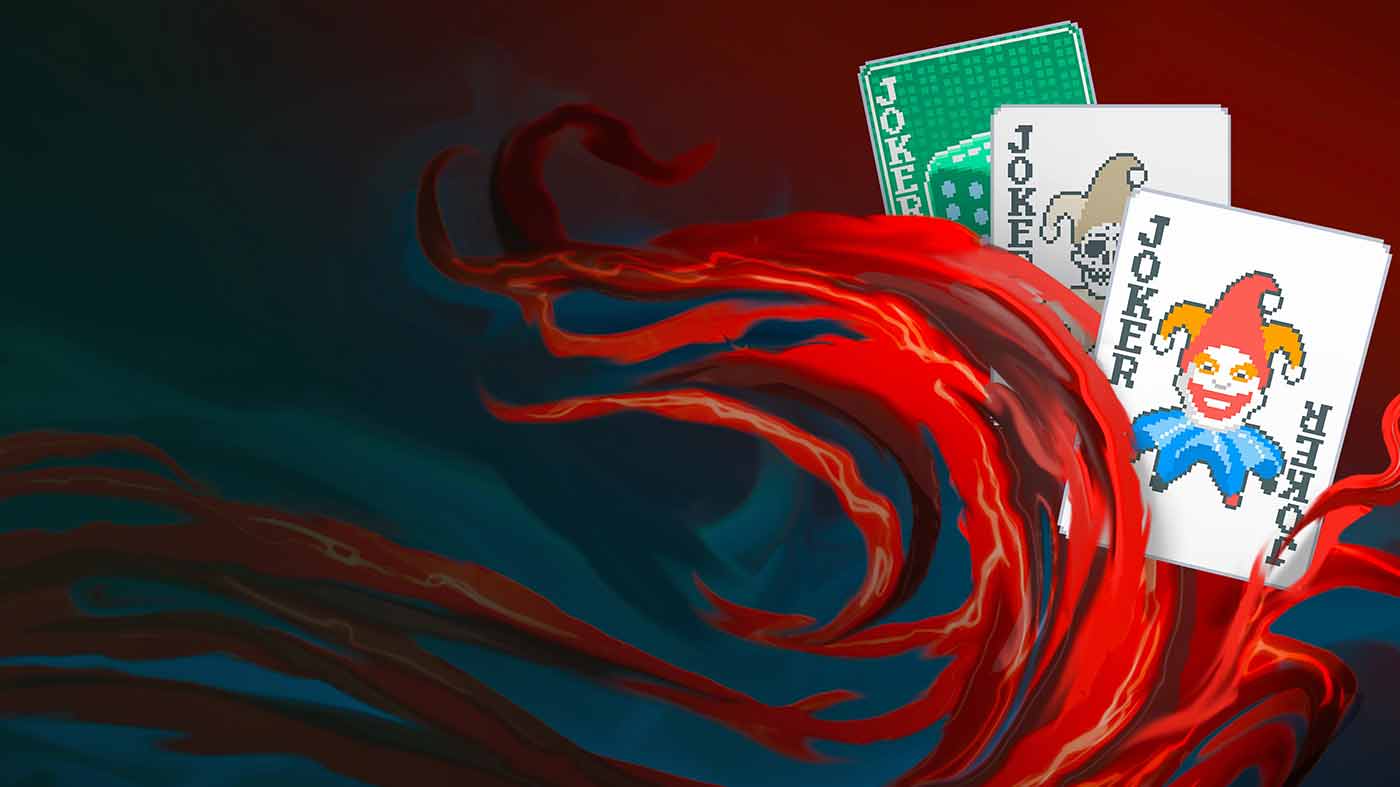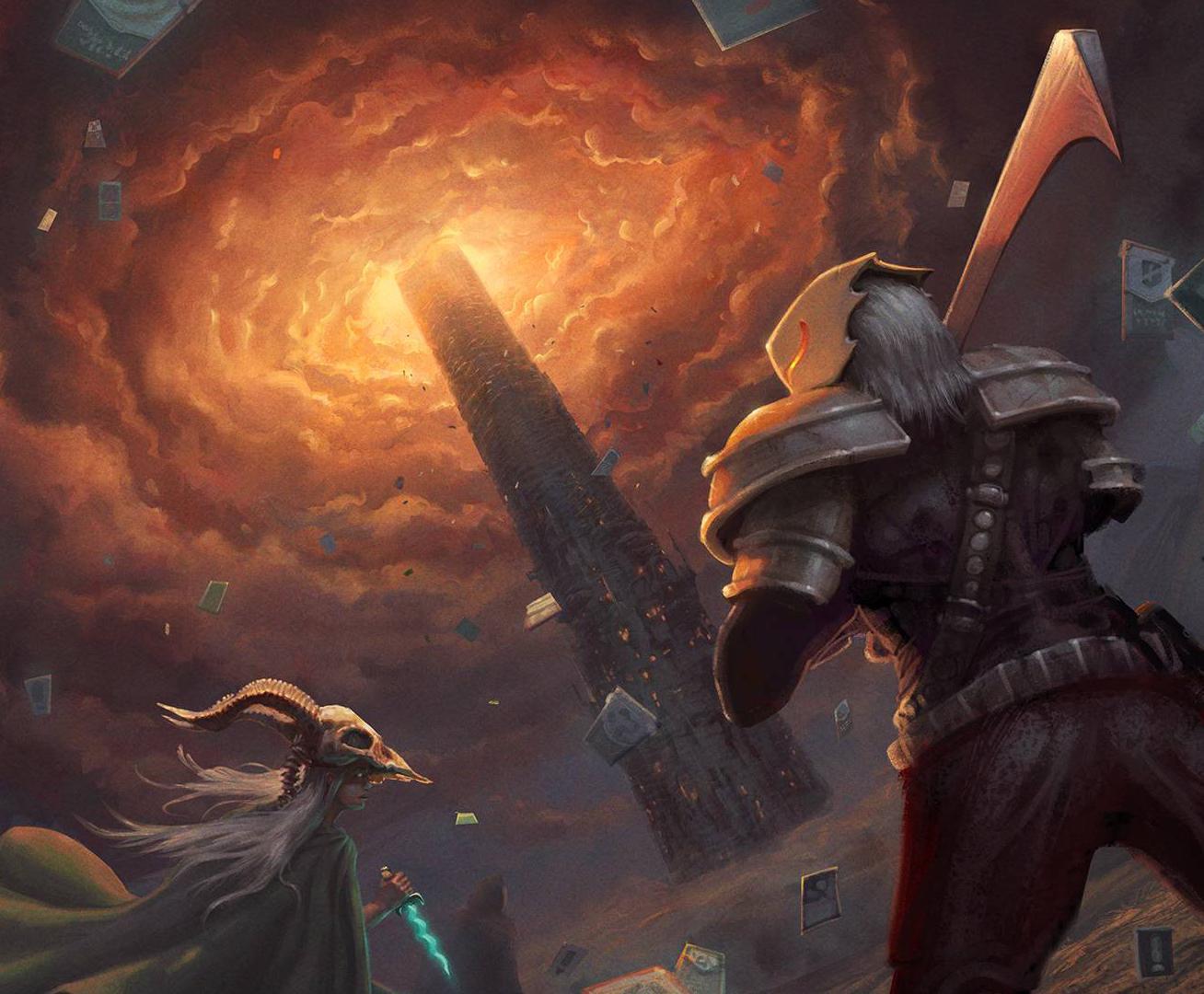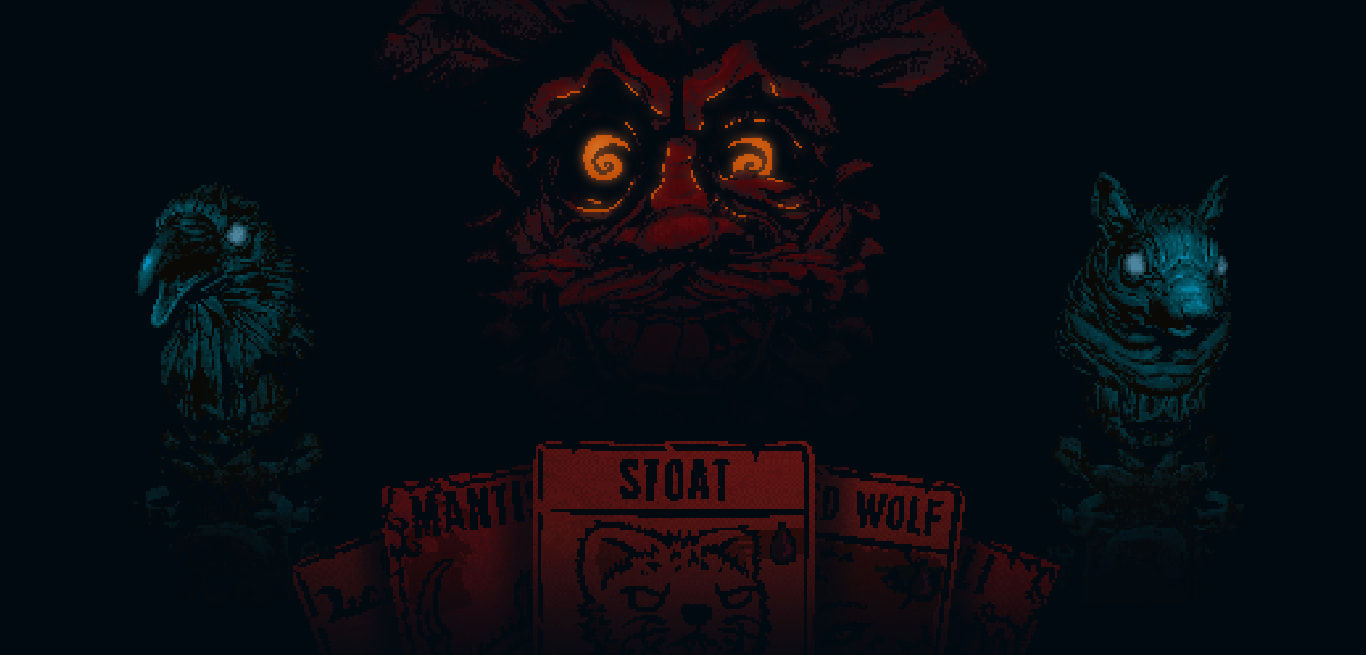Cobalt Core VS Dicefolk
Tactical sci-fi combat or dice-powered beast control?
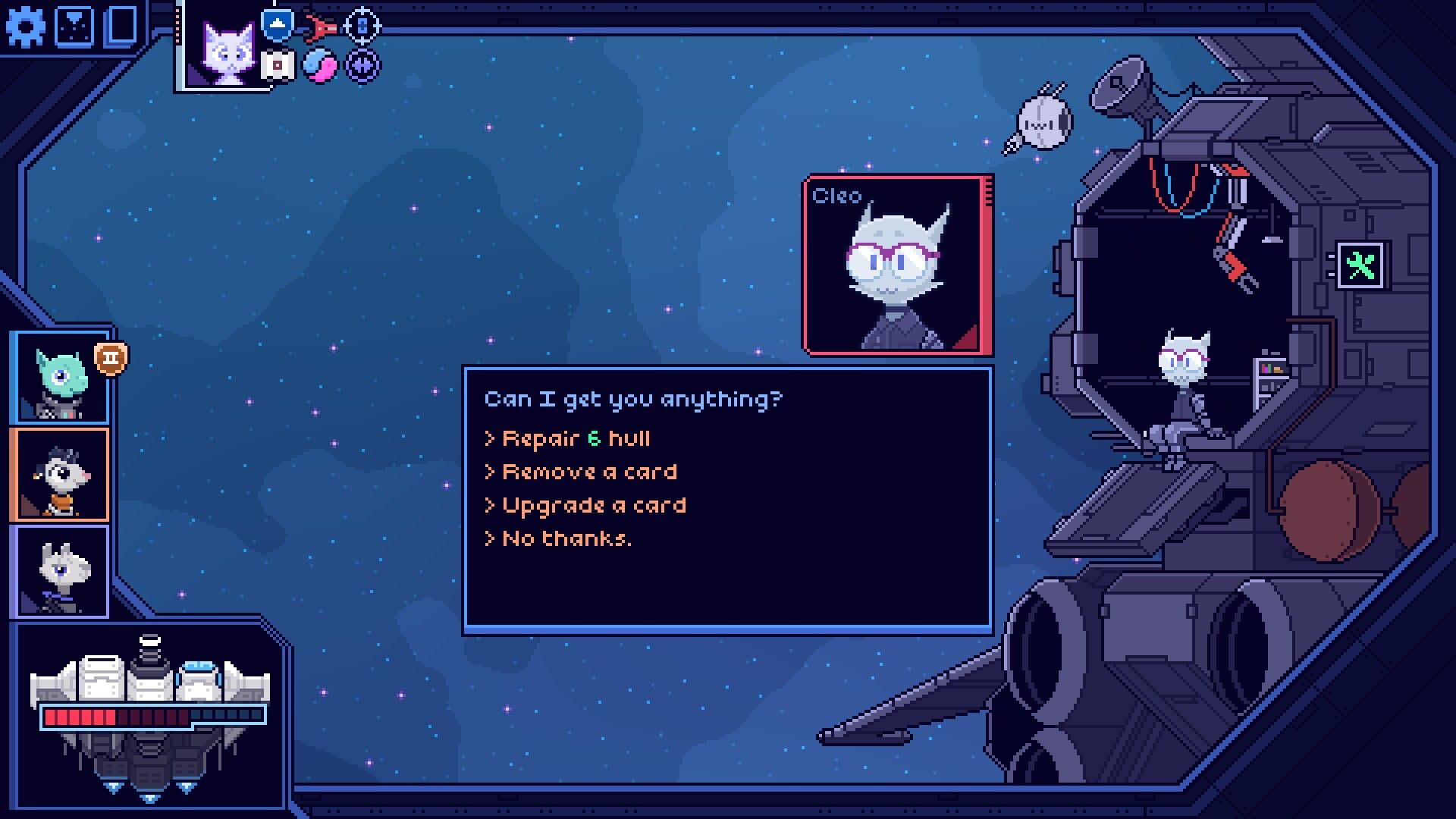
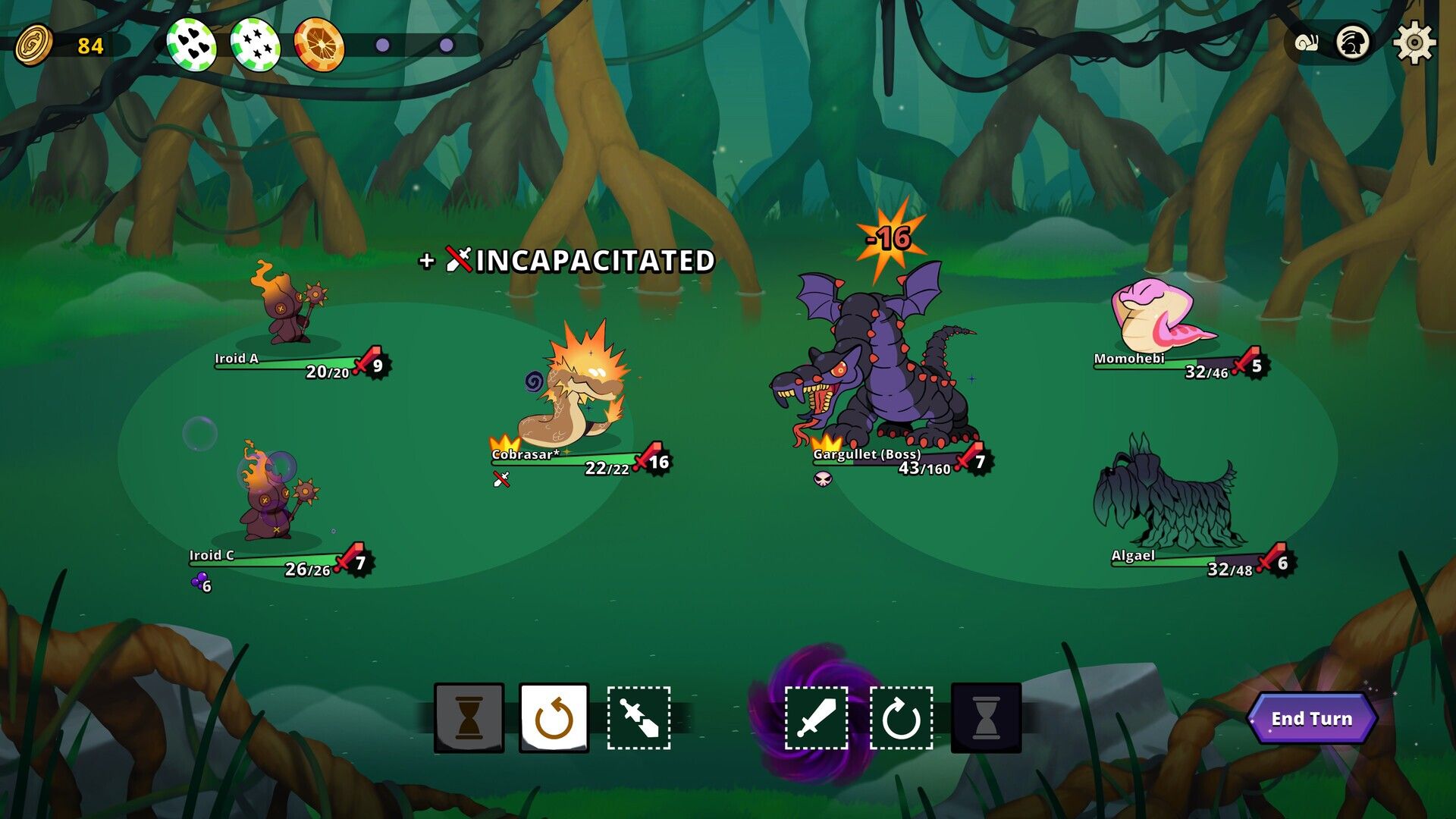
A Tactical Showdown: 'Cobalt Core' vs 'Dicefolk' in the Roguelike Arena
Deckbuilding Mechanics
In 'Cobalt Core', the deckbuilding mechanics are tightly interwoven with its unique single-axis combat system. Players are tasked with crafting their decks not just for raw power, but for strategic positioning and timing. The ability to dodge, shield, and preemptively strike adds layers of tactical depth, allowing for a multitude of strategic approaches. This game emphasizes the synergy between different cards and crew abilities, pushing players to explore hundreds of potential combinations. On the other hand, 'Dicefolk' introduces a novel twist by incorporating customizable dice and monster-catching mechanics. While traditional deckbuilding is less central, the dice mechanics offer a fresh take by allowing players to influence outcomes and adapt their strategies through dice customization. The focus on recruiting and commanding a diverse set of Chimeras shifts the strategy towards team composition and ability synergy, offering a different angle on tactical gameplay.
In 'Cobalt Core', the deckbuilding mechanics are tightly interwoven with its unique single-axis combat system. Players are tasked with Crafting their decks not just for raw power, but for strategic positioning and timing. The ability to dodge, shield, and preemptively strike adds layers of Tactical depth, allowing for a multitude of strategic approaches. This game emphasizes the synergy between different cards and crew abilities, pushing players to explore hundreds of potential combinations. On the other hand, 'Dicefolk' introduces a novel twist by incorporating customizable dice and monster-catching mechanics. While traditional deckbuilding is less central, the dice mechanics offer a fresh take by allowing players to influence outcomes and adapt their strategies through dice customization. The focus on recruiting and commanding a diverse set of Chimeras shifts the strategy towards team composition and ability synergy, offering a different angle on Tactical gameplay.
Difficulty and Accessibility
'Cobalt Core' presents a challenging experience with its sophisticated combat mechanics and intricate deckbuilding options. The game's difficulty scales with the player's progression, offering a substantial test of skill and strategy. However, this complexity might be daunting for newcomers to the genre. Conversely, 'Dicefolk' leans towards accessibility with its family-friendly design and more casual approach. The use of dice mechanics reduces the reliance on intricate card interactions, making it easier for players to grasp and enjoy. The ability to influence dice rolls also mitigates the frustration associated with traditional RNG, providing a more approachable entry point for those new to procedural challenges.
'Cobalt Core' presents a challenging experience with its sophisticated combat mechanics and intricate deckbuilding options. The game's difficulty scales with the player's progression, offering a substantial test of skill and strategy. However, this complexity might be daunting for newcomers to the genre. Conversely, 'Dicefolk' leans towards accessibility with its family-friendly design and more casual approach. The use of dice mechanics reduces the reliance on intricate card interactions, making it easier for players to grasp and enjoy. The ability to influence dice rolls also mitigates the frustration associated with traditional RNG, providing a more approachable entry point for those new to procedural challenges.
Art & Audio Design
Visually, 'Cobalt Core' captivates with its pixel graphics, lending a retro charm to its sci-fi setting. The art style complements the game's humorous tone, creating a vibrant and engaging atmosphere. Meanwhile, 'Dicefolk' offers hand-drawn 2D visuals that bring its fantasy world to life. The art style here is more whimsical, fitting its lighter narrative and family-friendly appeal. Both games employ their art and audio elements effectively to enhance the thematic experience, yet they cater to different aesthetic preferences—'Cobalt Core' for those who appreciate a retro sci-fi vibe, and 'Dicefolk' for fans of fantasy visuals.
Visually, 'Cobalt Core' captivates with its Pixel Graphics, lending a Retro charm to its Sci-fi setting. The art style complements the game's humorous tone, creating a vibrant and engaging atmosphere. Meanwhile, 'Dicefolk' offers Hand-drawn 2D visuals that bring its Fantasy world to life. The art style here is more whimsical, fitting its lighter narrative and family-friendly appeal. Both games employ their art and audio elements effectively to enhance the thematic experience, yet they cater to different aesthetic preferences—'Cobalt Core' for those who appreciate a Retro Sci-fi vibe, and 'Dicefolk' for fans of Fantasy visuals.
Replay Value
'Cobalt Core' excels in replayability, thanks to its vast array of character and ship combinations. Each run feels distinct due to the multitude of card and crew permutations, inviting players to continuously experiment with new strategies. The narrative progression tied to unlocking more playstyles adds an additional layer of motivation for repeated playthroughs. 'Dicefolk', while also offering variability through the different Chimeras and dice configurations, focuses more on the team-building aspect. The variability in Chimera encounters and the strategic freedom in dice customization ensure that no two runs are identical, yet the core gameplay loop might feel less varied compared to 'Cobalt Core's' complex card interactions.
'Cobalt Core' excels in replayability, thanks to its vast array of character and ship combinations. Each run feels distinct due to the multitude of card and crew permutations, inviting players to continuously experiment with new strategies. The narrative progression tied to unlocking more playstyles adds an additional layer of motivation for repeated playthroughs. 'Dicefolk', while also offering variability through the different Chimeras and dice configurations, focuses more on the team-Building aspect. The variability in Chimera encounters and the strategic freedom in dice customization ensure that no two runs are identical, yet the core gameplay loop might feel less varied compared to 'Cobalt Core's' complex card interactions.
Innovation in Card Systems
'Cobalt Core' innovates within the card battler genre by integrating a single-axis combat dynamic, which demands precise tactical foresight. This novel approach to positioning and timing sets it apart from traditional card games. The game's depth lies in its ability to transform simple card mechanics into a sophisticated strategic experience. 'Dicefolk', while not a traditional card game, innovates by merging dice customizations with creature abilities. This hybrid system offers a different kind of strategic depth, focusing on maximizing the synergy between dice outcomes and Chimera skills. It's a refreshing take that adds diversity to the roguelike deckbuilding landscape.
'Cobalt Core' innovates within the Card Battler genre by integrating a single-axis combat dynamic, which demands precise Tactical foresight. This novel approach to positioning and timing sets it apart from traditional card games. The game's depth lies in its ability to transform simple card mechanics into a sophisticated strategic experience. 'Dicefolk', while not a traditional card game, innovates by merging dice customizations with creature abilities. This hybrid system offers a different kind of strategic depth, focusing on maximizing the synergy between dice outcomes and Chimera skills. It's a refreshing take that adds diversity to the Roguelike deckbuilding landscape.
Winner: Cobalt Core
Editorial Review

In the dance of galaxies and dice, each game weaves its own tale—a journey not just of strategy, but of heart and discovery.
- LYRA

Whether you're looking for a deep dive into tactical card play or a fun romp with magical creatures, both games have something to offer!
- FELIX

For those who seek mastery through strategic manipulation, 'Cobalt Core' provides a challenging terrain to conquer.
- ORION

In the quiet moments between battles, both games invite reflection on the narratives we forge in our search for meaning.
- RAVEN
You might also like
About the author

Lyra
I’m passionate about the invisible and the mysterious. For me, cards are gateways to other dimensions. I love writing in a poetic and immersive way, blending reality with dreamlike metaphors.
